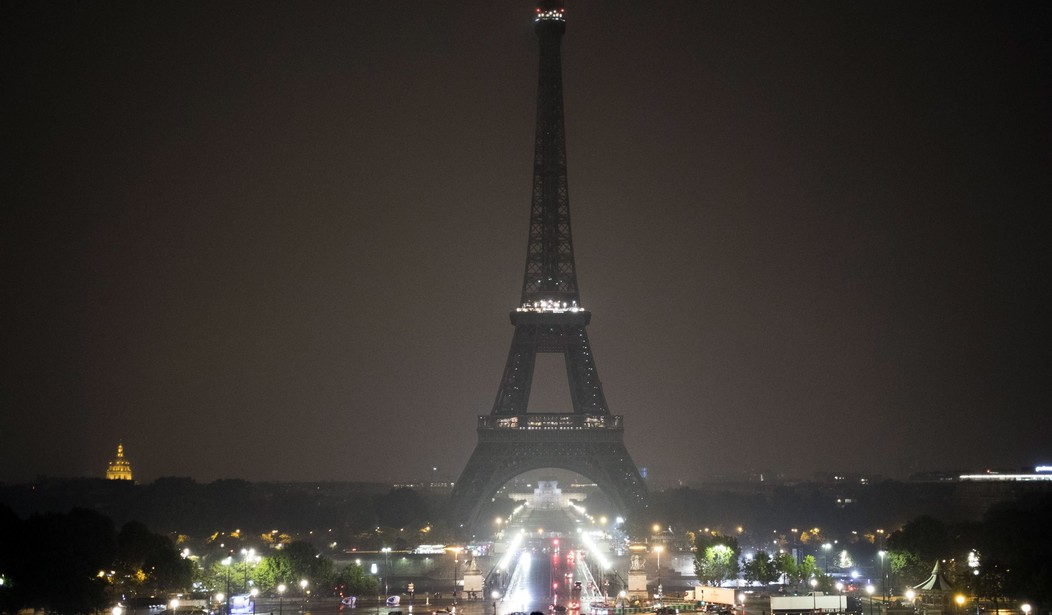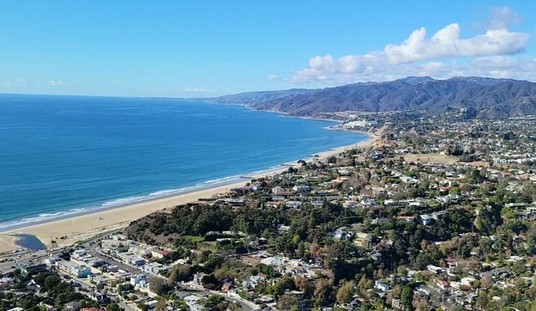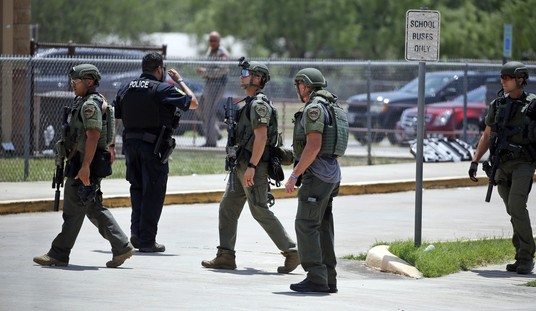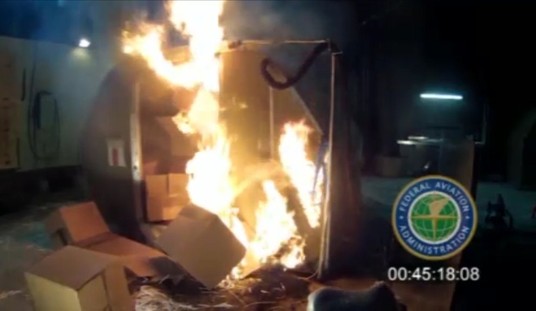Europe’s energy situation is looking dicier and dicier by the moment. In today’s Wall Street Journal, the headline read:
Paris Cuts Light To Save Energy
Eiffel Tower and other monuments go dark early for ‘energy sobriety.’ Will it help?
Luxury shops across the city are turning off their nighttime lights, plunging the Avenue de Montaigne and other areas renowned for evening window shopping into relative darkness. Tourists are showing up to monuments for late-night photos, only to find somber silhouettes. Even the Eiffel Tower, symbol of France’s rise as an industrialized nation, is hitting the off switch early.
The measures come in response to French President Emmanuel Macron’s call for “energy sobriety.” The government has asked municipalities, households and companies to reduce their energy consumption by 10% over two years to counter Russia’s decision to cut the flow of natural gas to Europe.
These new measures are in addition to kicking around the idea of lower thermostat temperatures in office buildings, working more from home, wearing turtlenecks to stay warm – French President Emmanuel Macron showed up in one the day after his Finance Minister suggested the idea – and cutting off the hot water in public buildings.
…France unveiled its 50-page plan to save energy during a news conference this week that featured nine government ministers and lasted more than three hours. The government is a major energy consumer in France, and measures included cutting off hot water in public building bathrooms and capping heating at 64 degrees in all public buildings, including courthouses and publicly run museums.
Everywhere on the continent, people are scrambling to keep the lights on and frost off their brows. As I’ve chronicled before, the Dutch government is asking citizens to take 5-minute showers, and the Germans are windfall-taxing their barely functioning – but suddenly profitable – Green energy sources to help subsidize skyrocketing natural gas costs, while the monuments in their cities have been dark for months. The Italians, of all people, have been quick on their feet to seek out other sources of natural gas to supplant the Russian imports (about 10% of Italy’s natgas requirements) that the Germans foolishly allowed themselves to become dependent on.
In the weeks after Russia’s invasion of Ukraine on Feb. 24, Claudio Descalzi, CEO of Italian energy major Eni (ENI.MI), embarked on a whirlwind of trips to gas suppliers in Africa.
The visits included meetings with officials in Algeria in February plus talks in Angola, Egypt and Republic of Congo in March, with Descalzi often accompanied by senior Rome officials, according to company and government releases.
State-controlled Eni and Italy were able to leverage existing supply relationships with those nations to secure extra gas to replace a large part of the volumes it received from its top supplier Russia.
It’s a nimble shift that many European countries have been unable to perform as Vladimir Putin’s war jolts the continent into an alternate reality.
They do not believe they will have to ration it as of this moment, as they have also reached an agreement with Russia to continue shipments via an Austrian pipeline.
In addition to the gas itself, security concerns are starting to become a factor. A small Danish island just south of Sweden, called Bornholm, with a population of about 40,000 people suffered a complete power outage, and the initial fears – so soon after the Nordstream sabotage – were that the cables to the island had been severed. It turned out to be a “local fault,” but woke a lot of people up to the uncomfortable reality of just how vulnerable their power grid was. Additionally, the Ukrainian energy ministry announced today it was suspending exports of electricity to the European Union, thanks to the proximity of Russian missile strikes.
…”Today’s missile strikes, which hit the thermal generation and electrical substations, forced Ukraine to suspend electricity exports from Oct. 11, 2022 to stabilize its own energy system,” the ministry said in a statement on its website.
…In a TV broadcast he said that missile strikes “on the entire chain of supply (were made) in order to make switching supply as difficult as possible.”
In June, Ukrainian energy ministry said it was hoping to bring in 1.5 billion euros ($1.45 billion) from electricity exports to the EU, its main export market for energy since the war began, by the end of the year.
And it’s no wonder the Russians want to bollocks that up.
…If Ukraine successfully launches commercial flows to other European borders and expands the overall transmission capacity to 2.5GW by next year, the increase would help continental European countries save some five billion cubic meters in Russian gas annually which is currently used for electricity generation purposes.
The volumes would be around half of Romanian or Hungarian annual gas demand and would bring major relief to the region which does not enjoy as much flexibility as Western European countries when it comes to accessing alternative liquefied natural gas via on- or offshore importing terminals
Who knew you could be a net electricity exporter in the middle of a warzone? But they were up to today. (I wonder if the Bidens have a piece of that action…just sayin‘)
The worst part about all this misery is the “90% self-inflicted” part. The poke-your-eye-out-with-a-stick-complain-about-your-eye-hurting blind adherence to impossible, repeatedly proven unreliable renewables, the arrogance with which they dismiss the answer under their very feet and their complete impervious attitude to the citizens they supposedly are entrusted with protecting. Protecting from what? My post on the Dutch also noted their natgas fields in Groningen which can be readily spooled up and running, and the Germans have untapped shale reserves they will not touch. Your classic Greens – it’s alright to import U.S. fracked gas, but not sully their own landscape.
… Yet drilling for gas in “conventional” and more accessible sandstone gas seams is permitted under strict regulations in Germany, and currently provides around 5% of supply — even if critics say the extraction method is akin to fracking and was simply labeled conventional to imply “good” fracking is possible.
German shale gas is primarily found in the northwestern states of Lower Saxony and North Rhine-Westphalia and has the potential to provide 3 to 20 times (between 320 and 2,030 billion cubic meters) the amount of conventional gas, according to the German Research Centre for Geosciences (GFZ).
Shale deposits could cover 20% of current demand, as estimated by German Federal Association of Natural Gas, Petroleum and Geoenergy (BVEG).
At the end of the WSJ article, there’s a young fellow they quote, as he walks through the darkened Paris streets, and what he says is so disturbing, and so emblematic of the brainwashing of entire generations.
…Romain Tang Thaï Sen, 20, was walking through Paris with a friend on a recent evening. The darkened Eiffel Tower was a statement, he said, for people far beyond city limits.
“Turning off the lights,” he said, “these are values that we have to spread through the entire world.”
No, dude. NO. You keep that *#$& to yourself. We’ll leave the lights on.








Join the conversation as a VIP Member